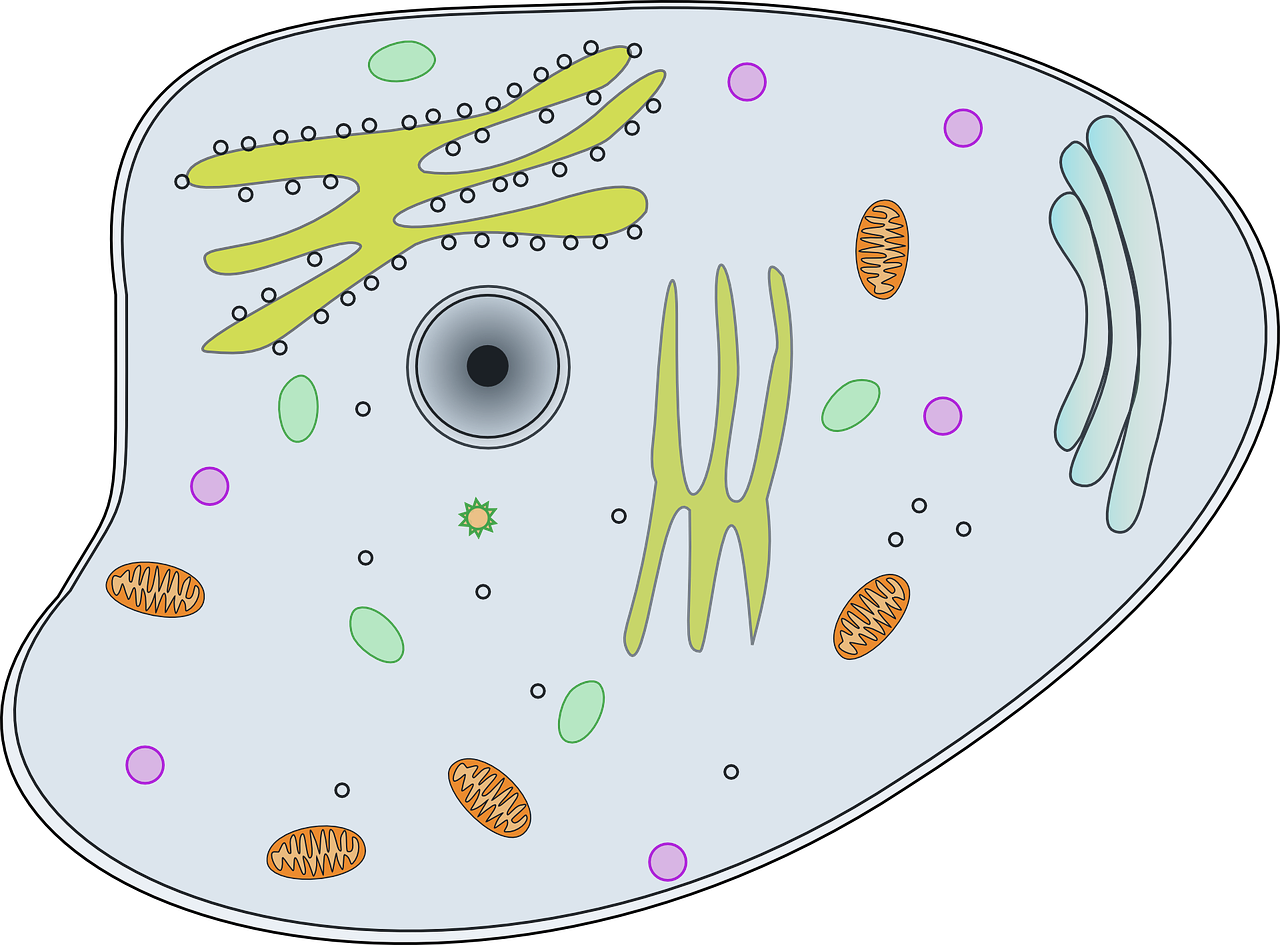AP Biology 🧬
358 resourcesSee Units
Multiple Choice Practice for Cell Structure and Function Concepts
Welcome to Unit 2 AP Biology Multiple Choice Questions! Grab some paper and a pencil 📄 to record your answers as you go. You can see how you did on the Unit 2 Practice Questions Answers and Review sheet once you're done. Don't worry, we have tons of resources available if you get stumped 😕 on a question. And if solo study is not your thing, join a group in Hours!
Not ready to take a quiz yet? Start studying Unit 2 here: Intro to Unit 2

Image from Pixabay
Facts about the test: The AP Biology exam has 60 multiple choice questions and you will be given 1 hour 30 minutes to complete the section. That means it should take you around 22 minutes to complete 15 questions.
*The following questions were not written by CollegeBoard and although they cover information outlined in the AP Biology Course and Exam Description the formatting on the exam may be different.
1. Prokaryotic cells and eukaryotic cells have unifying characteristics that provide evidence for a common ancestor. What are three of these?
A. Ribosomes, cell membranes, nucleic acids
B. Cell membranes, nucleic acids, mitochondria
C. Cell membranes, DNA, chloroplasts
D. DNA, cell walls, ribosomes
2. Single-celled protists with this organelle benefit from the ability to live in a hypotonic environment without bursting from the influx of water.
A. Lysosome
B. Vacuole
C. Contractile Vacuole
D. Secretory Vesicle
3. These membrane-bound organelles display unique folds and curves that help to increase surface area for enhanced efficiency:
A. rough endoplasmic reticulum, nucleus, lysosome
B. vacuole, vesicles, nucleus
C. Golgi complex, rough endoplasmic reticulum, ribosomes
D. Golgi complex, mitochondria, chloroplast
4. The inside channel of a transport protein is likely to be:
A. acidic
B. basic
C. hydrophilic
D. hydrophobic
5. Which substance would most easily pass through a semi-permeable cell membrane?
A. magnesium ions
B. carbon dioxide
C. glucose
D. proteins
6. A small amount of water ______ pass through the plasma membrane without assistance.
A. CAN
B. needs receptor proteins to
C. needs ATP to
D. CANNOT
7. Aquaporins allow water to move through plasma membranes regardless of water's polarity. Water moving through aquaporins is an example of this:
A. Protein pump
B. Receptor-mediated transport
C. Facilitated diffusion
D. Active transport
8. Choose the correct pairing:
A. Pinocytosis: cellular eating
B. Phagocytosis: cellular drinking
C. Pinocytosis: macrophage engulfing
D. Phagocytosis: cellular eating
9. A mutation causes the membrane of a lysosome to become leaky. Describe a result of this:
A. Water will rush into the lysosome causing it to burst.
B. Hydrolytic enzymes leak into the cytoplasm causing digestion of vital proteins.
C. The pH of the cell will denature the hydrolytic enzymes.
D. The lysosome will repair the membrane and not die.
10. This organelle contains a double membrane which provides compartmentalization to separate different metabolic reactions.
A. mitochondria
B. endoplasmic reticulum
C. Golgi complex
D. vacuole
11. Students place an animal cell in a hypertonic environment. What happens?
A. Water enters the cell causing it to sink
B. Water enters the cell causing it to swell
C. Water leaves the cell causing the solution to become more hypertonic
D. Water leaves the cell, causing it to shrink
12. A plant cell and animal cell enter a hypotonic environment. Which cell type prefers this environment?
A. Plant cell because it will become flaccid
B. Plant cell because it will become turgid
C. Animal cell because it will become turgid
D. Animal cell because it will swell
13. The water potential of pure water is:
A. 10
B. -1
C. 1
D. 0
14. What would cause the leaves of a plant to wilt?
A. If the pressure potential of the leaves increased to 1 Mpa
B. If water potential outside of the plant cell is higher than the water potential of the plant cells
C. If water potential outside of the plant cell is lower than the water potential of the plant cells
D. If the pressure potential
15. Osmoregulation in plants occurs by...
A. changing the permeability of the cell membrane
B. the opening and closing of the chloroplast
C. changing the permeability of the cell wall
D. the work of guard cells
Time to check your answers on Unit 2 Practice Questions Answers and Review! 🙌
Browse Study Guides By Unit
🧪Unit 1 – Chemistry of Life
🧬Unit 2 – Cell Structure & Function
🔋Unit 3 – Cellular Energetics
🦠Unit 4 – Cell Communication & Cell Cycle
👪Unit 5 – Heredity
👻Unit 6 – Gene Expression & Regulation
🦍Unit 7 – Natural Selection
🌲Unit 8 – Ecology
👏General Review
🧐Multiple Choice Questions (MCQ)
✍️Free Response Questions (FRQ)
📆Big Reviews: Finals & Exam Prep

© 2023 Fiveable Inc. All rights reserved.